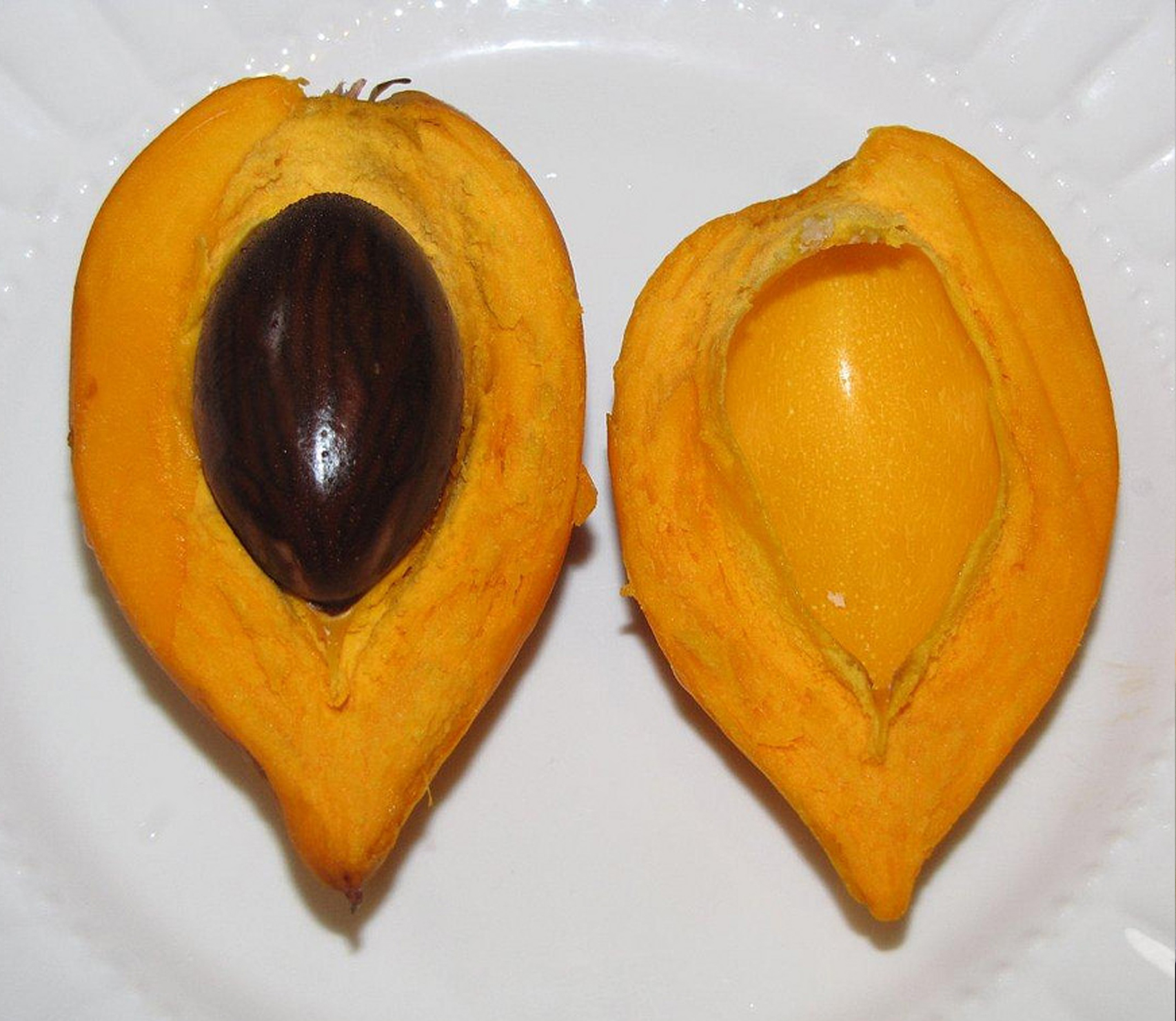Air layering is a method of propagating plants, trees, or shrubs that focuses on duplicating characteristics of an original plant onto an offspring plant. Both the mother and the new plant will continue developing with no adverse effects while taking much less time compared to starting a plant from seed. While there are numerous ways to propagate plants, such as cuttings, layering, division, budding, grafting, and starting from seed (which can take months or even years) these processes often lose the identical genetic build up of the parent plant; while air layering allows for maintaining a genetically parallel new plant!
What is Air Layering?
Within plants, there are two main systems of vascular pipes: the phloem tissue located directly beneath the bark, and the xylem tissue separated from the first system by the cambium layer. The phloem tissue behaves like a conduit for the byproducts of photosynthesis such as sugar to be transported to the lower parts of the plant – the roots are nourished from this source. The xylem tissue transports nutrients and minerals, such as water, nitrogen, phosphorus, potassium, from the roots to the leafy parts of the plant and is much thicker than the phloem tissue. Air layering requires wounding this phloem layer to interrupt the flow of sugars and photosynthates to the roots resulting in their accumulation on this layer. This process encourages the growth of adventitious roots in the wounded area to start growing (roots as opposed to leaves) with a little help from a rooting hormone and a moist medium.
Air layering is one of the most popular methods for propagating plants because not only does it ensure exact genetic material from the parent plant, but it’s also a simple process that doesn’t require a fancy degree, special tools or hormones, and is fairly straightforward for even the novice gardener. In a nutshell, air layering is accomplished through wounding the bark of the plant or tree, wrapping a bit of organic matter around the “scar,” most successful combination being aloe vera and sphagnum or peat moss. Aloe vera is a natural rooting hormone and sphagnum or moss is for the roots to hang on to when it starts to expand. This is a process that often occurs naturally in the wild when a low hanging branch or stem touches the ground and begins to take root on its own. This is an asexual process that transfers the genetic parent material directly to the newly rooted stem, which eventually can be separated from the parent to start a new plant. For this process to be successful, it must be conducted in a moist environment allowing aerial roots to form, which is where some form of plastic wrap or any kind of encasement will help!
The process (in 3 easy steps!)
1- wound a section of the parent material at the stem of any branch, preferably, a healthy and strong looking branch; this can be completed through either peeling the bark or shaving/cutting it away with a tool.
























